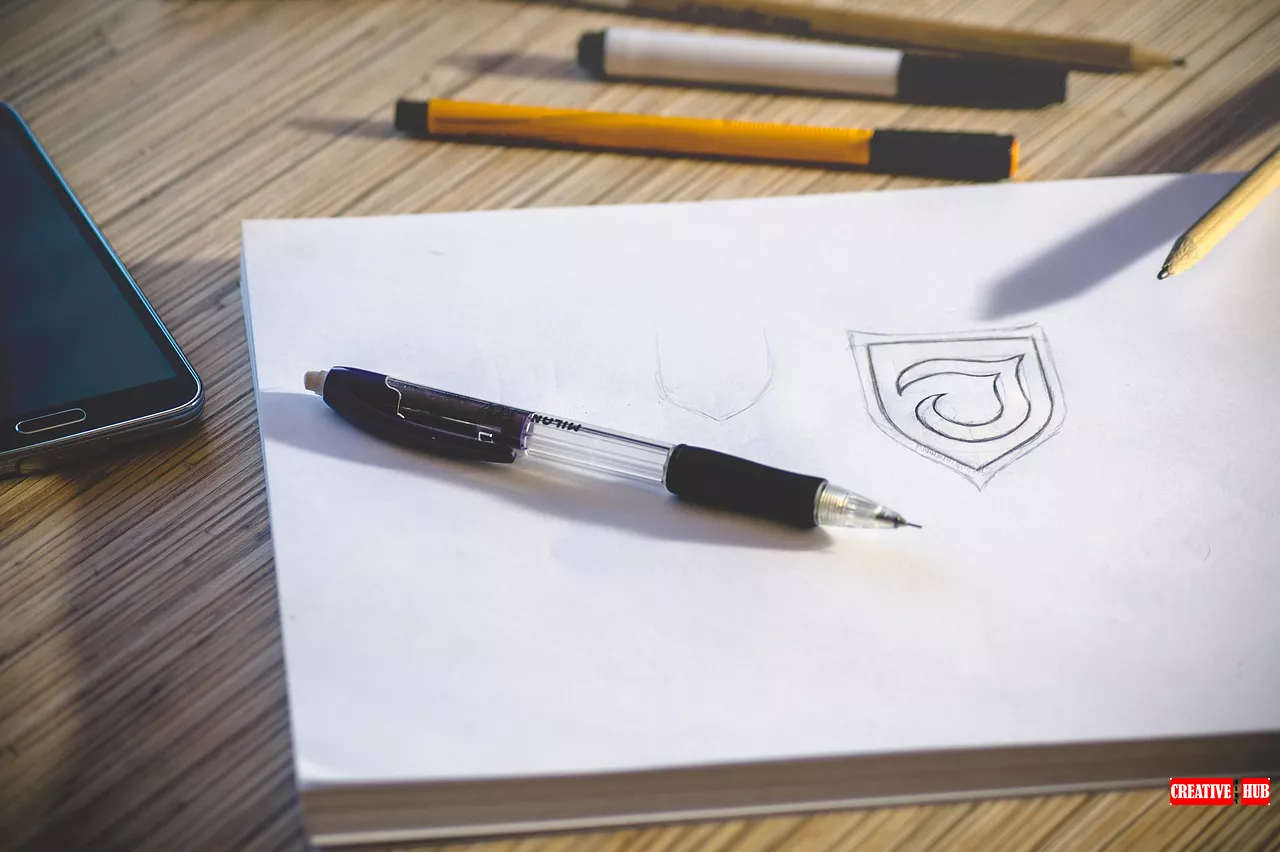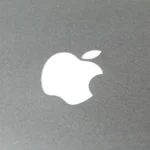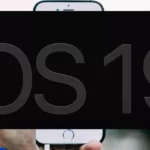First impressions matter. One of the most significant elements contributing to a company’s image is its logo. A logo is not just an emblem; it’s the face of a brand, representing its values and mission. The debate between custom and generic logo designs is more relevant than ever. While custom logos offer uniqueness and personalization, generic designs are often chosen for their affordability and speed. This article explores the pros and cons of each, helping businesses make informed decisions about their branding strategies.
The Branding Battlefield: Custom vs. Generic Logos
Companies are pressured to stand out in today’s fast-paced digital age. A logo is often the first customer interaction with a brand, making it a crucial aspect of branding. Custom logos are explicitly designed for a company and reflect its unique identity. Generic logos are pre-designed templates that can be easily modified. The choice between the two depends on various factors, including budget, time, and branding goals.
Custom Logos: Crafting Unique Brand Identities
Custom logos are tailored to a company’s specific needs. They are meticulously designed with the brand’s mission, values, and target audience in mind. According to branding expert Sarah Thompson, “A custom logo is like a bespoke suit; it’s made to fit perfectly and represent the individual style of the wearer.”
One significant advantage of custom logos is their uniqueness. They help businesses stand out in a crowded market by creating a strong brand identity. This uniqueness can lead to increased brand recognition and customer loyalty. Moreover, custom logos can be adapted as the company evolves, ensuring consistency in branding over time.

Custom logos are more expensive. They require skilled designers and a significant time investment, making them a costly option for startups and small businesses. Additionally, the design process can be lengthy, delaying the launch of new products or services.
Generic Logos: Cost-Effective and Quick Solutions
Generic logos offer a quick and affordable solution for businesses. These designs are pre-made templates that can be easily customized with a company’s name and colors. For startups with limited budgets, generic logos provide an opportunity to establish a brand presence without significant financial investment.
The primary advantage of generic logos is their cost-effectiveness. They are readily available and can be acquired at a fraction of the cost of a custom design. This affordability allows businesses to allocate resources to other critical areas, such as marketing and product development.
Another downside of generic logos is their lack of uniqueness. Many companies use similar templates, making differentiating one brand from another challenging. This can result in a weak brand identity and reduced customer recognition. Additionally, generic logos may not accurately reflect a company’s values or mission, limiting their effectiveness in building a strong brand image.
Expert Insights: The Importance of Strategic Branding
Experts agree that choosing custom and generic logos should align with a company’s branding strategy. “A logo is more than just a visual element; it’s a strategic tool for communication,” says marketing strategist John Ramirez. “Businesses need to consider their long-term goals and how their logo can support those objectives.”
Companies that build a strong brand identity often prefer custom logos. They offer the flexibility to align with the company’s vision and adapt to changing market trends. In contrast, generic logos may suffice for businesses prioritizing cost savings and rapid market entry.
The Pros and Cons of Custom vs. Generic Design
| Aspect | Custom Design | Generic Design |
|---|---|---|
| Uniqueness | High – Tailored to the brand | Low – Often similar to other designs |
| Cost | High – Expensive due to design expertise | Low – Affordable and budget-friendly |
| Time Investment | High – Longer design process | Low – Quick and easy to implement |
| Brand Identity | Strong – Enhances brand recognition | Weak – May not stand out in the market |
| Flexibility | High – Can be adapted over time | Low – Limited customization options |
Making the Right Choice for Your Brand
As businesses navigate the complex branding landscape, deciding between custom and generic logos remains critical. While custom logos offer distinct uniqueness and brand identity advantages, generic designs provide cost-effective solutions for those with budget constraints. Ultimately, the choice should be guided by a company’s long-term branding strategy and goals.
In this increasingly competitive market, a well-designed logo can be a powerful tool for differentiation and success. As businesses evolve, so should their logos, ensuring they remain relevant and reflect their brand’s values. Whether opting for a custom or generic design, the key is to create a logo that resonates with the target audience and effectively communicates the brand’s essence.
Case Studies: Successful Branding with Custom and Generic Logos
Examining real-world examples can provide valuable insights into the impact of custom and generic logos on brand success. One notable case of a successful custom logo is Nike’s iconic “Swoosh.” Designed by a student in the 1970s for a modest fee, the logo has evolved into a global symbol of athletic excellence and innovation.
Nike’s simple and unique design has helped it maintain a strong brand identity, demonstrating the long-term value of investing in a custom logo.
Conversely, some companies have thrived with generic logos, particularly during their early stages. Consider the case of a small tech startup that initially adopted a generic logo to conserve resources for product development and marketing.
As the company grew and gained market traction, it reinvested its profits into a rebranding effort, transitioning to a custom logo that better reflected its evolved identity and market position. This strategy allowed the company to balance cost management with brand development.
The Role of Technology in Logo Design
Technological advancements have significantly influenced logo design, offering businesses new tools and opportunities. AI-driven design platforms now allow companies to create logos with a level of customization previously reserved for professional designers. These tools can generate unique designs based on specific inputs like industry, style preferences, and brand values, bridging the gap between custom and generic solutions.
These technologies offer convenience and affordability but raise questions about creativity and originality. As AI-generated designs become more prevalent, businesses must carefully evaluate how these tools align with their brand goals and whether they adequately convey the desired message and identity.
Final Thoughts: The Evolving Importance of Logos
As the business environment evolves, so does logos’ role in branding. In an era where digital presence is paramount, logos are often encountered across various platforms, from websites and social media to mobile apps and digital advertisements. This omnipresence amplifies the need for a logo that is not only visually appealing but also versatile and adaptable to different contexts.
One example of an evolved logo is Slack. Their initial logo was a simple hashtag symbol, a common and generic design element. As the company expanded, it invested in a comprehensive rebranding to create a unique and recognizable logo.
Ultimately, whether a company chooses a custom or generic logo, the key is to ensure that the design aligns with the brand’s core values and resonates with its audience. As branding strategies become more sophisticated, businesses must remain agile and ready to adapt their logos to reflect changes in the market, consumer preferences, and growth trajectories. By doing so, they can ensure that their logos continue to serve as powerful symbols of their brand’s identity and aspirations.

Emma Smith is a passionate writer and content creator focused on the latest trends in the arts, design, and creative industries. With a keen eye for innovation and creativity, she shares insights and updates that inspire professionals and enthusiasts alike.








